Brain Tumor (GLIOMA) Specific Oncolytic Virotherapy Development Service
Oncolytic Virotherapy Development for Brain Tumors (GLIOMA): Accelerate Your Drug Discovery Process!
Are you contending with extended drug development durations and facing difficulties in developing efficacious therapies for invasive brain tumors like gliomas? Our Brain Tumor (GLIOMA) Oncolytic Virotherapy Development service is crafted to accelerate your drug discovery efforts. By utilizing cutting-edge viral vector engineering methods and performing comprehensive preclinical evaluations, Creative Biolabs aids you in devising innovative treatment strategies.
How Oncolytic Virotherapy Can Assist Your Project
Creative Biolabs' Brain Tumor (GLIOMA) Oncolytic Virotherapy Development service offers an all-encompassing approach to creating innovative therapeutic approaches. We supply tailor-made oncolytic viruses and comprehensive preclinical data sets to facilitate your research and development initiatives.
[Discover How We Can Help - Request a Consultation]
Workflow
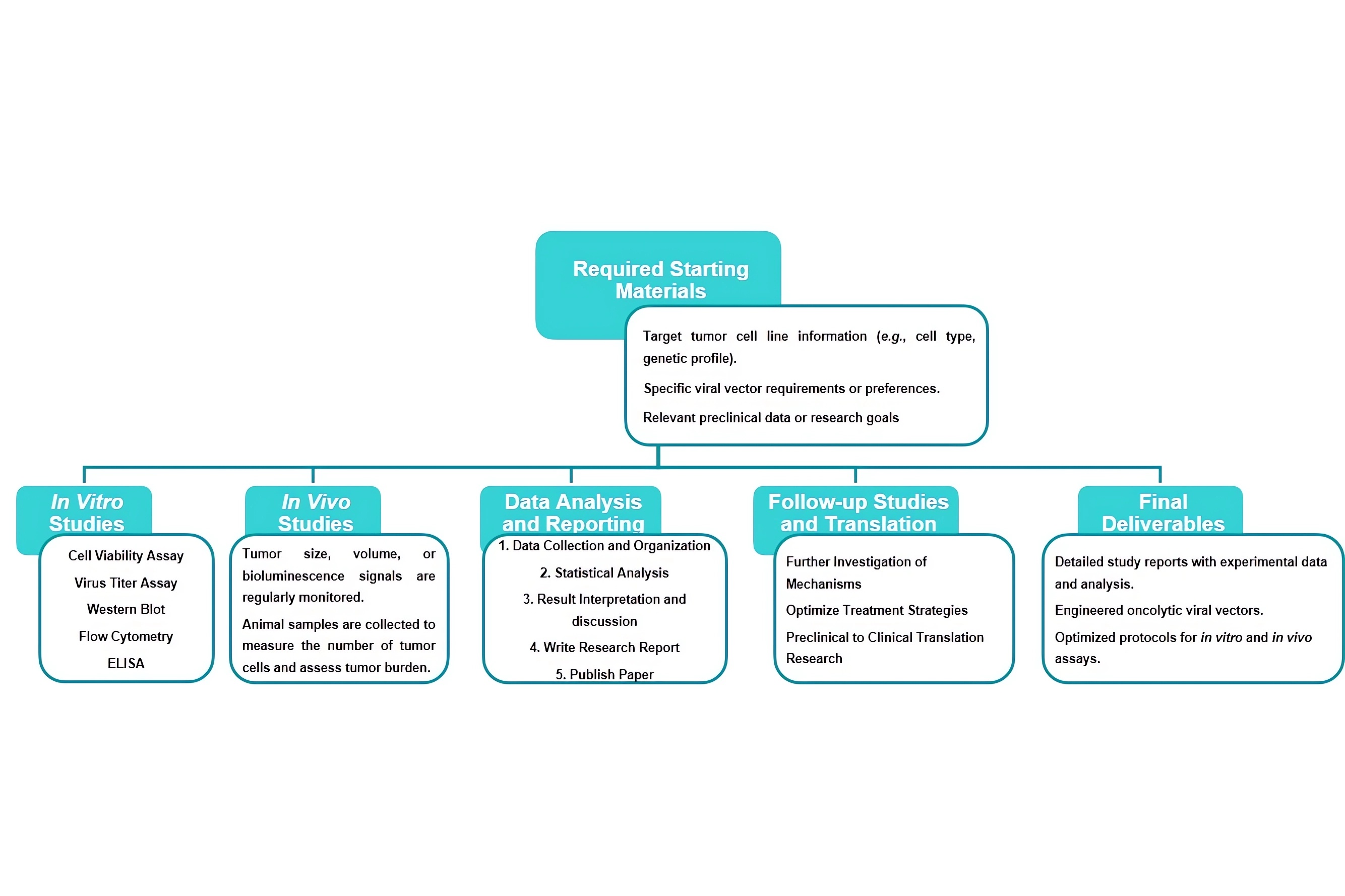
Estimated Timeframe:
Pre-requirement communication: 1-2 weeks
Design and construction of oncolytic viruses: 3-4 weeks
Mass production of oncolytic viruses: 2-3 weeks
Function and properties of oncolytic viruses in vivo and in vitro: 3-4 weeks
Results analysis and test report: 1-2 weeks
Product delivery and shipping: 2-3 weeks
Why Choose Us
Creative Biolabs is a trusted partner for oncolytic virus development, offering unparalleled expertise and cutting-edge technology. Our commitment to quality and innovation ensures that you receive the highest quality products and services.
Case Study
The application of genetically engineered oncolytic viruses in vivo mouse models and in vitro tumor cell line models of brain tumors has shown a substantial increase in tumor lysis rates. Information gathered from a series of published research papers offers valuable insights into its promising potential for brain tumor treatment.
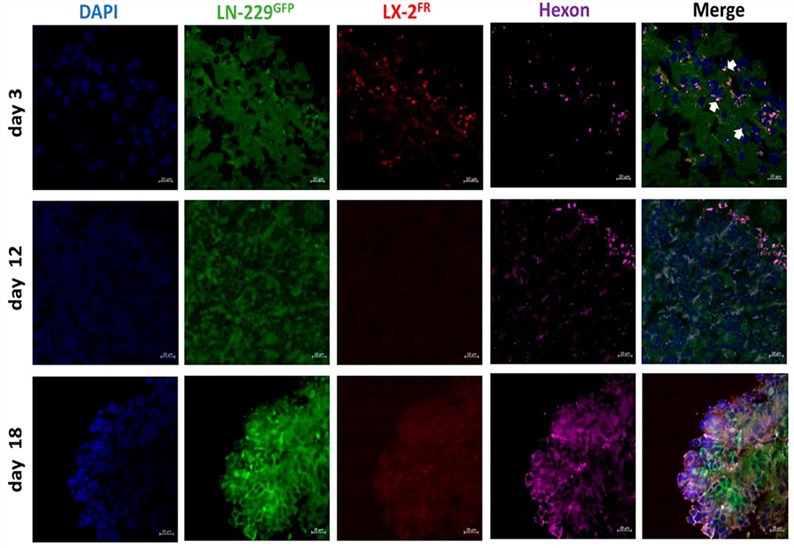 Fig.1 Immunofluorescence assay is used to observe the expression and location of the target protein.1,3
Fig.1 Immunofluorescence assay is used to observe the expression and location of the target protein.1,3
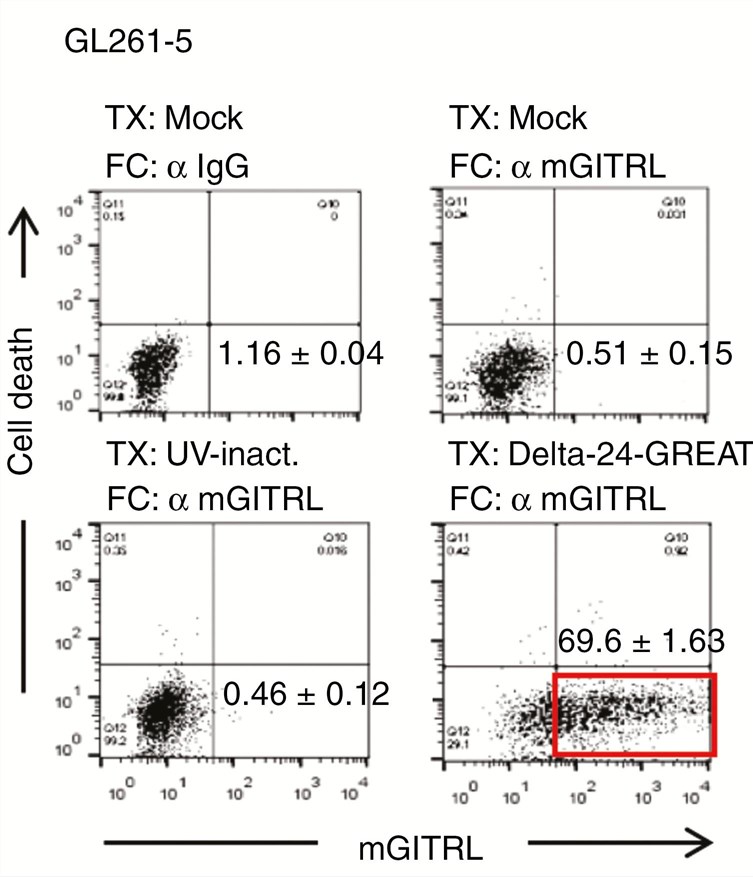 Fig.2 The expression of target genes armed with oncolytic viruses is detected by flow cytometry.2,3
Fig.2 The expression of target genes armed with oncolytic viruses is detected by flow cytometry.2,3
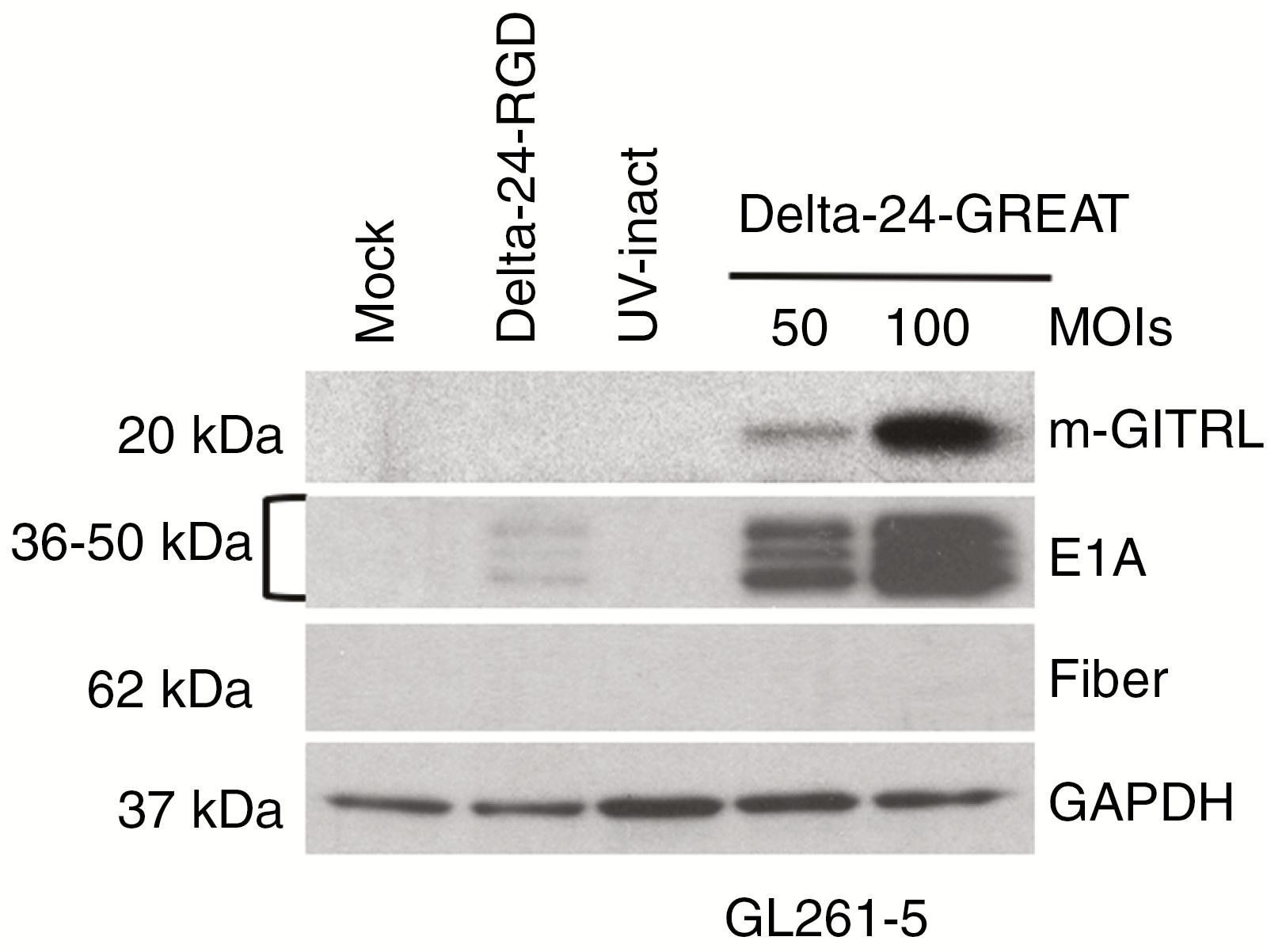 Fig.3 Western Blot is used to detect the expression of target proteins in tumor cells.2,3
Fig.3 Western Blot is used to detect the expression of target proteins in tumor cells.2,3
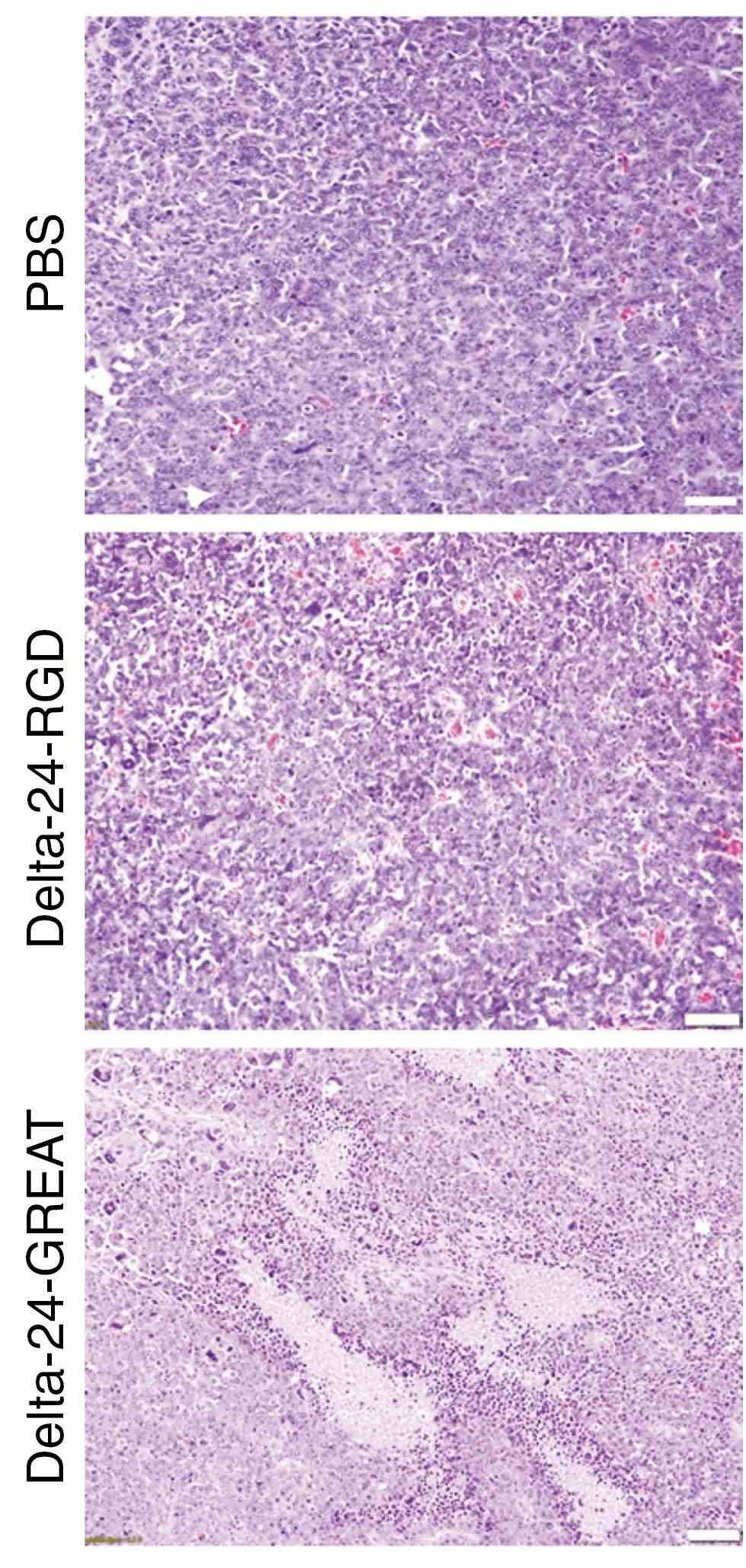 Fig.4 Histopathological examination is performed on tumor sections of mice.2,3
Fig.4 Histopathological examination is performed on tumor sections of mice.2,3
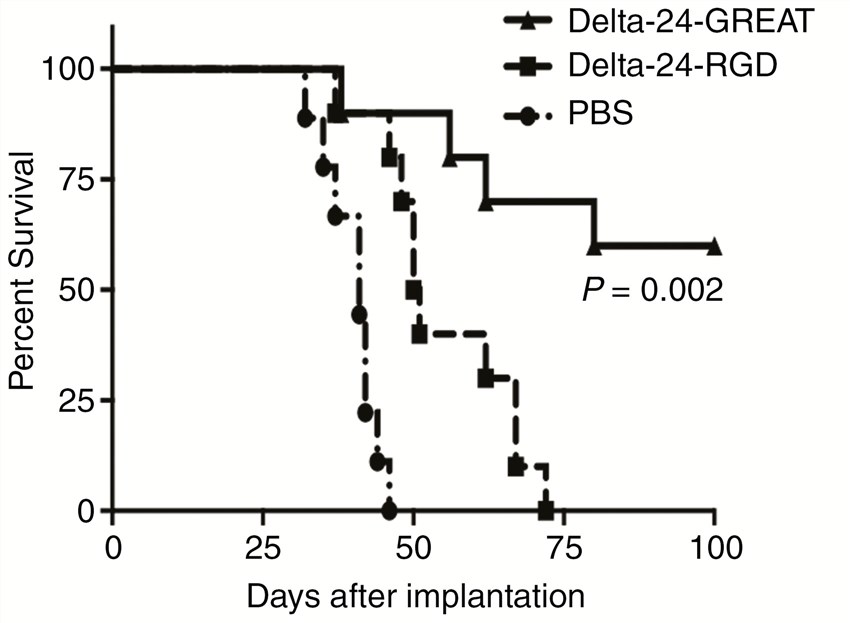 Fig.5 Oncolytic virus prolongs survival in cancer-bearing mice.2,3
Fig.5 Oncolytic virus prolongs survival in cancer-bearing mice.2,3
Customer Reviews:
- "Using Creative Biolabs' Oncolytic Virotherapy Development service in our research has significantly improved the efficiency of our preclinical studies. The high-titer virus stocks and comprehensive data packages have been invaluable."
- "Creative Biolabs' expertise in viral vector engineering and in vivo modeling was crucial for our project's success. Their tailored approach and proactive communication made the entire process seamless."
- "The detailed reports and data analysis provided by Creative Biolabs gave us the confidence to move forward with our clinical trial application. Their oncolytic virus product demonstrated excellent tumor selectivity and efficacy in our preclinical models."
Introduction of Brain Tumor (GLIOMA)
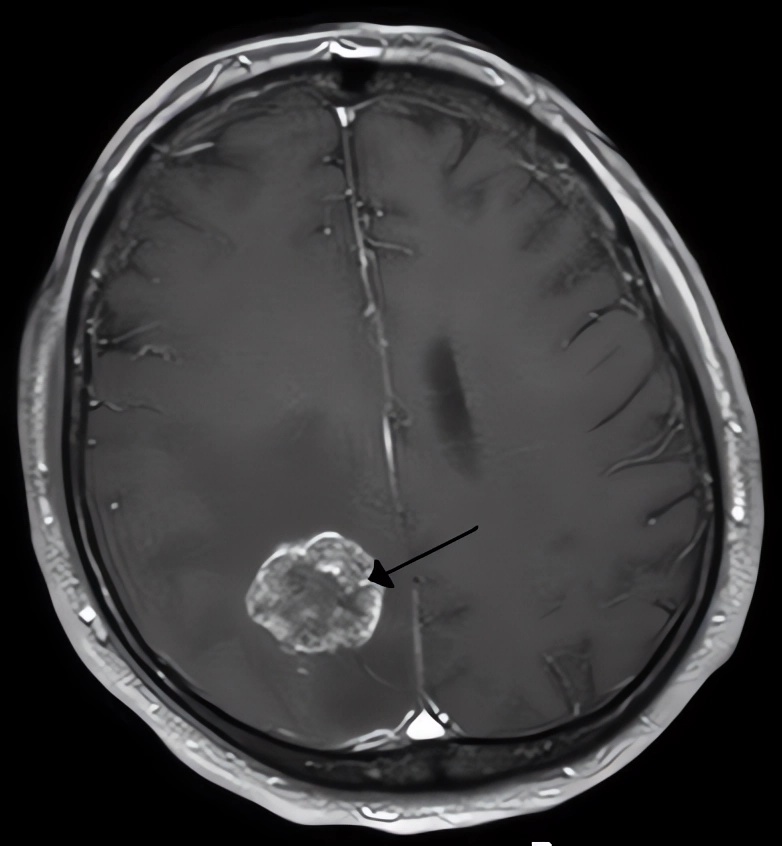 Distributed under CC BY-SA 2.0 DE, from Wiki, without modification.
Distributed under CC BY-SA 2.0 DE, from Wiki, without modification.
Glioblastoma (GBM) is the most aggressive and lethal type of primary brain tumor. Despite advances in surgery, radiation, and chemotherapy, the median survival for GBM patients remains poor. The invasive nature of GBM, coupled with its resistance to conventional therapies, necessitates the development of novel therapeutic strategies. Oncolytic virotherapy represents a promising approach that utilizes genetically engineered viruses to selectively target and destroy cancer cells, offering a new avenue for treating this devastating disease.
The Application of Oncolytic Virus Therapy in The Brain Tumor
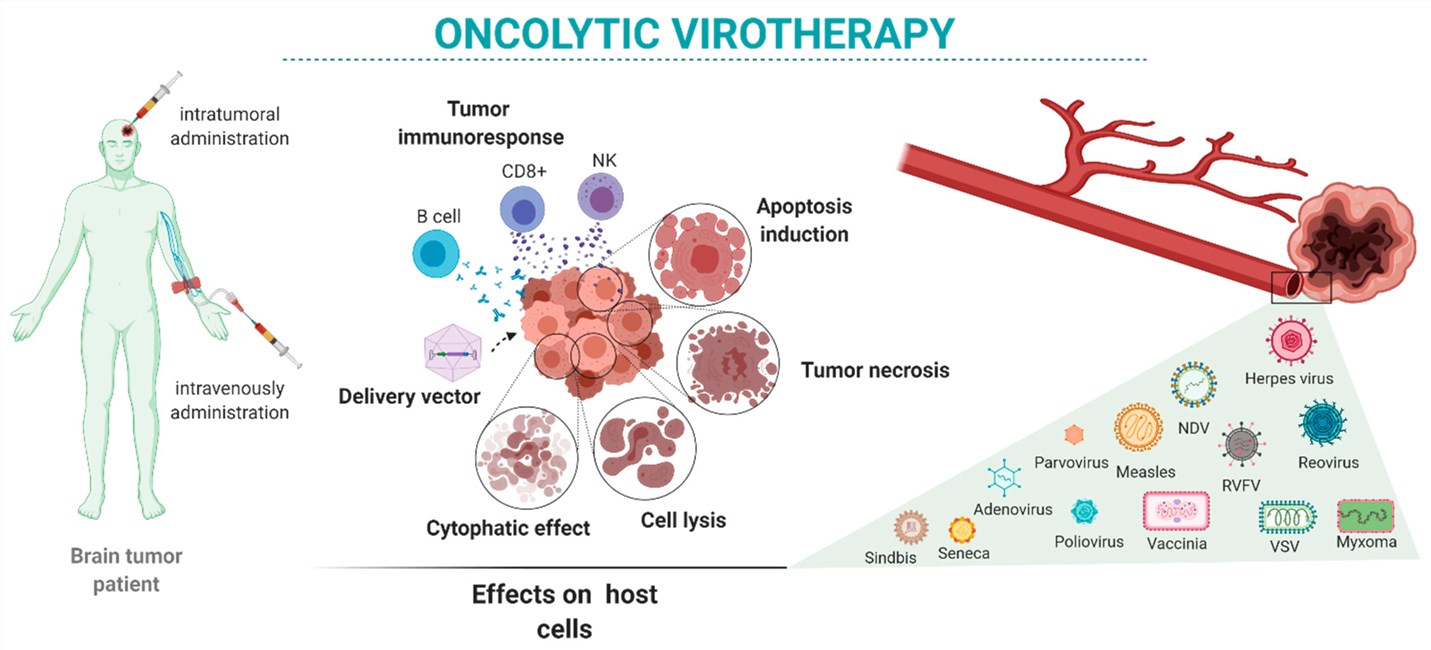 Fig.6 Oncolytic viruses, administration methods, and oncolytic mechanisms are available for the treatment of brain tumors.4
Fig.6 Oncolytic viruses, administration methods, and oncolytic mechanisms are available for the treatment of brain tumors.4
A diverse array of oncolytic viruses, including HSV, Ads, VV, VSV, and NDV, have been harnessed for the development of brain tumor therapies. These viruses can be delivered via intratumoral or intravenous routes to effectuate the eradication of brain tumors. The oncolytic mechanisms of these viruses can be broadly categorized into two primary pathways: the induction of cell lysis and apoptosis, and the activation of anti-tumor immune responses. For instance:
- Onyx-015 is a hybrid adenovirus derived from serotypes two and five. It has exhibited robust anti-neoplastic activity in both p53 wildtype and p53 mutant glioma xenograft murine tumor models.
- MYXV-M011L-KO is a genetically engineered myxoma virus (MYXV) with a deletion of the anti-apoptotic gene M11L. This engineered virus demonstrated robust pro-apoptotic activity against patient-derived GBM cancer stem cells. In an immunocompetent murine GBM tumor model, intratumoral delivery of MYXV-M011L-KO in combination with temozolomide exhibited a synergistic effect, significantly extending the survival of the experimental animals.
- The H protein of the MV-141.7 virus has been genetically engineered to redirect the virus towards the CD133 receptor, a well-characterized marker frequently expressed in GBM. In an orthotopic glioma mouse model, MV-141.7 demonstrated significant improvement in animal survival.
- VSVΔM51 has an amino acid deletion in the matrix protein (M) that disrupts nucleoplasmic transport and limits viral replication to tumor cells that cannot produce IFN. The virus exhibited oncolytic activity against both glioma cell lines and primary cells, infecting and inducing cell death. In the U87 and U118 mouse in vivo tumor models, time to tumor regression was shortened and survival was increased.
Creative Biolabs provides all-inclusive oncolytic virus development services targeting brain tumors (glioma). Our proficiency in viral vector modification, in vitro verification, and in vivo preclinical investigations empowers us to provide personalized solutions that are precisely adapted to your distinct research and development requirements.
[Contact us to Discuss Your Project]
References
- El-Ayoubi, Ali, et al. "Intranasal delivery of oncolytic adenovirus XVir-N-31 via optimized shuttle cells significantly extends survival of glioblastoma-bearing mice." Cancers 15.20 (2023): 4912. DOI: 10.3390/cancers15204912
- Rivera-Molina, Yisel, et al. "GITRL-armed Delta-24-RGD oncolytic adenovirus prolongs survival and induces anti-glioma immune memory." Neuro-Oncology Advances 1.1 (2019): vdz009. DOI: 10.1093/noajnl/vdz009
- Distributed under Open Access license CC BY 4.0, Some of the pictures were edited and reformatted.
- Rius-Rocabert, Sergio, et al. "Oncolytic virotherapy in glioma tumors." International Journal of Molecular Sciences 21.20 (2020): 7604. DOI: 10.3390/ijms21207604Distributed under Open Access license CC BY 4.0, without modification
